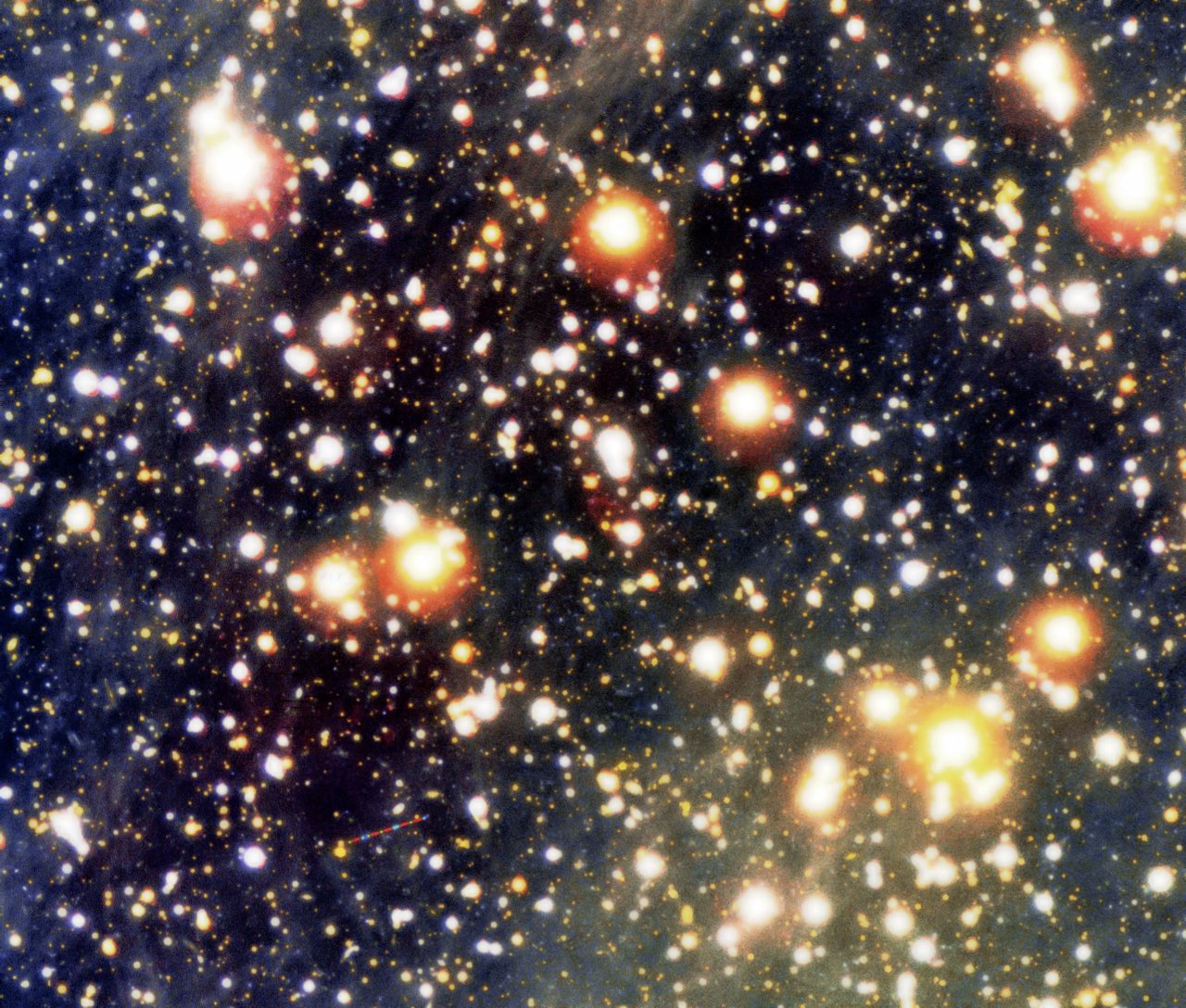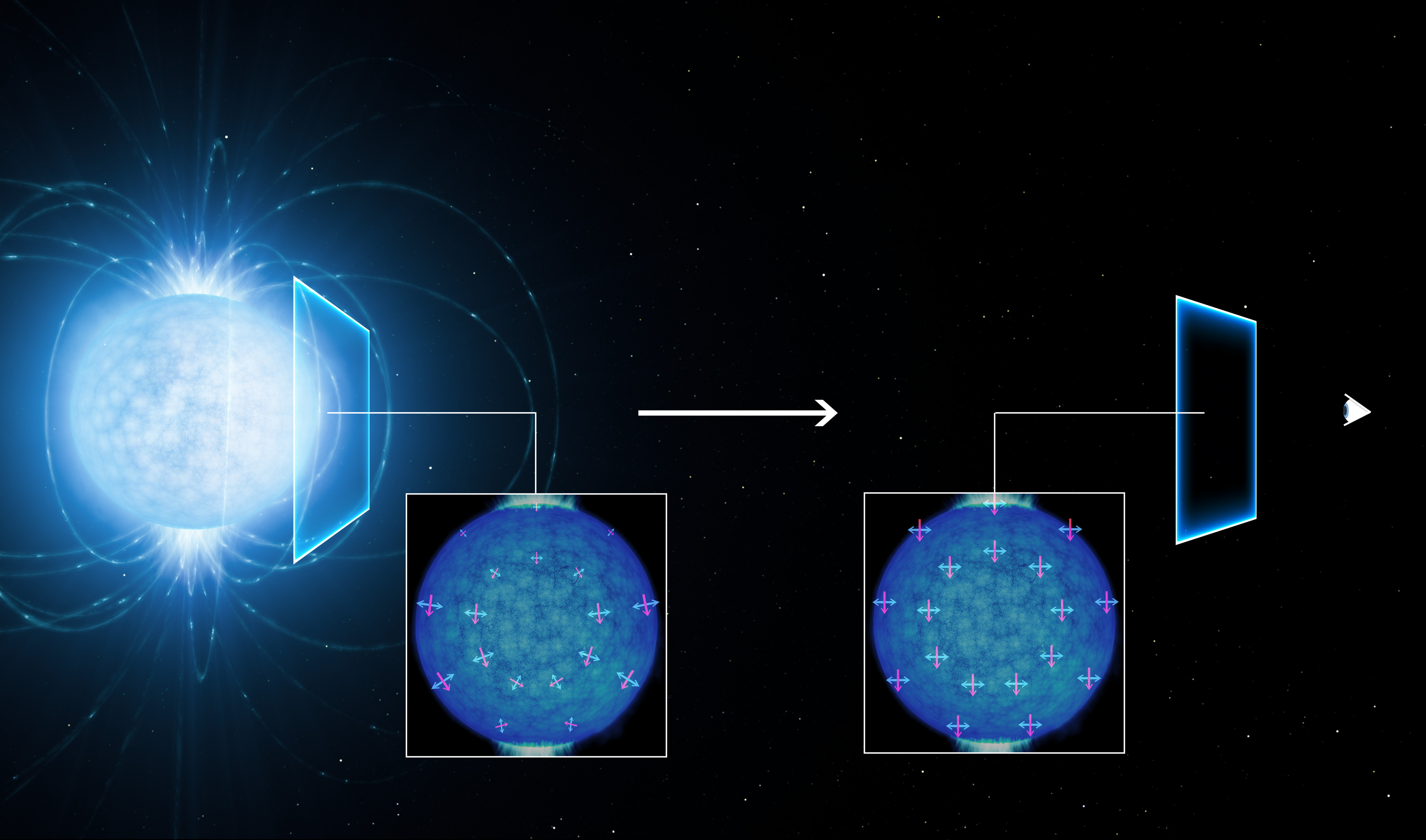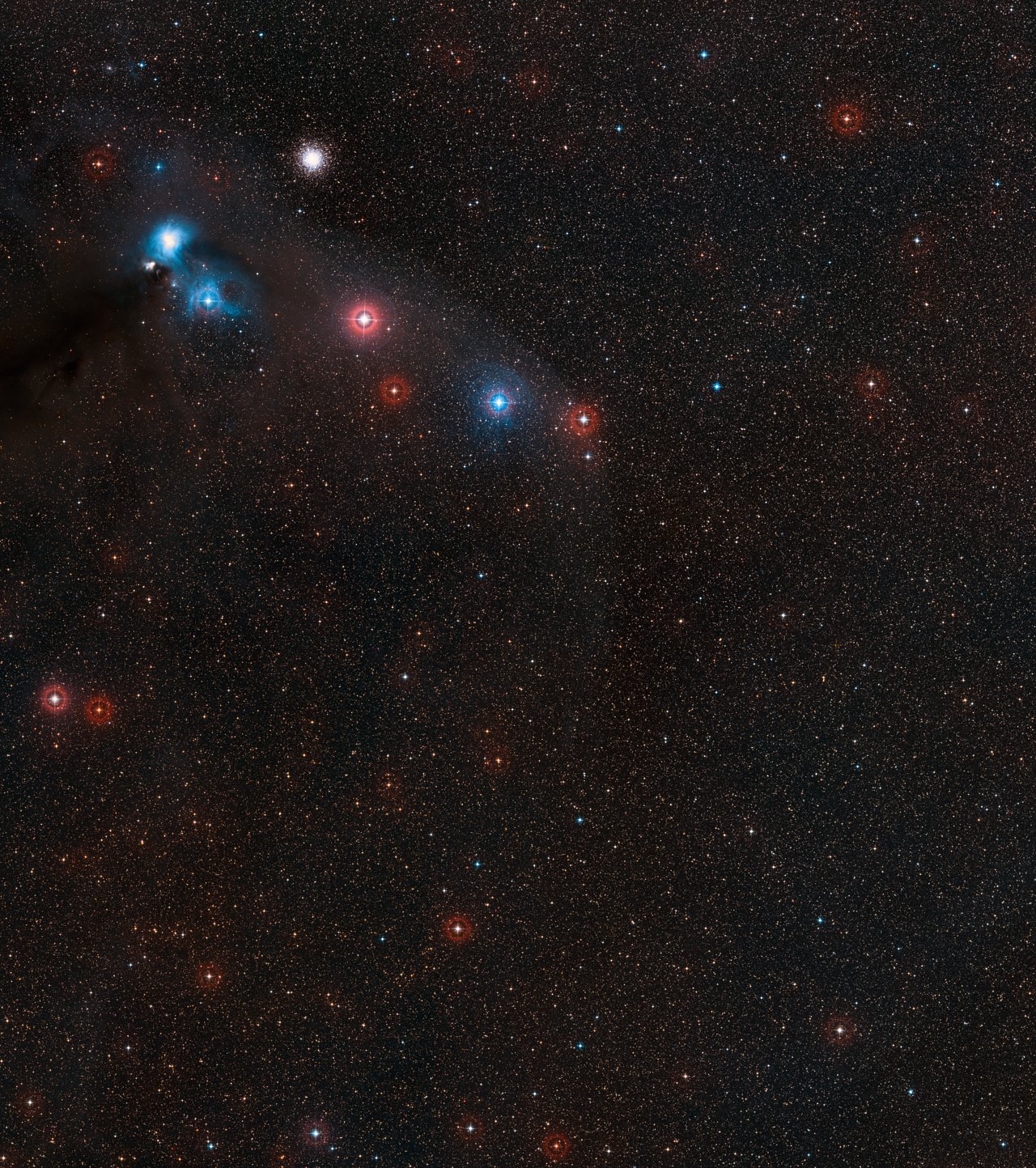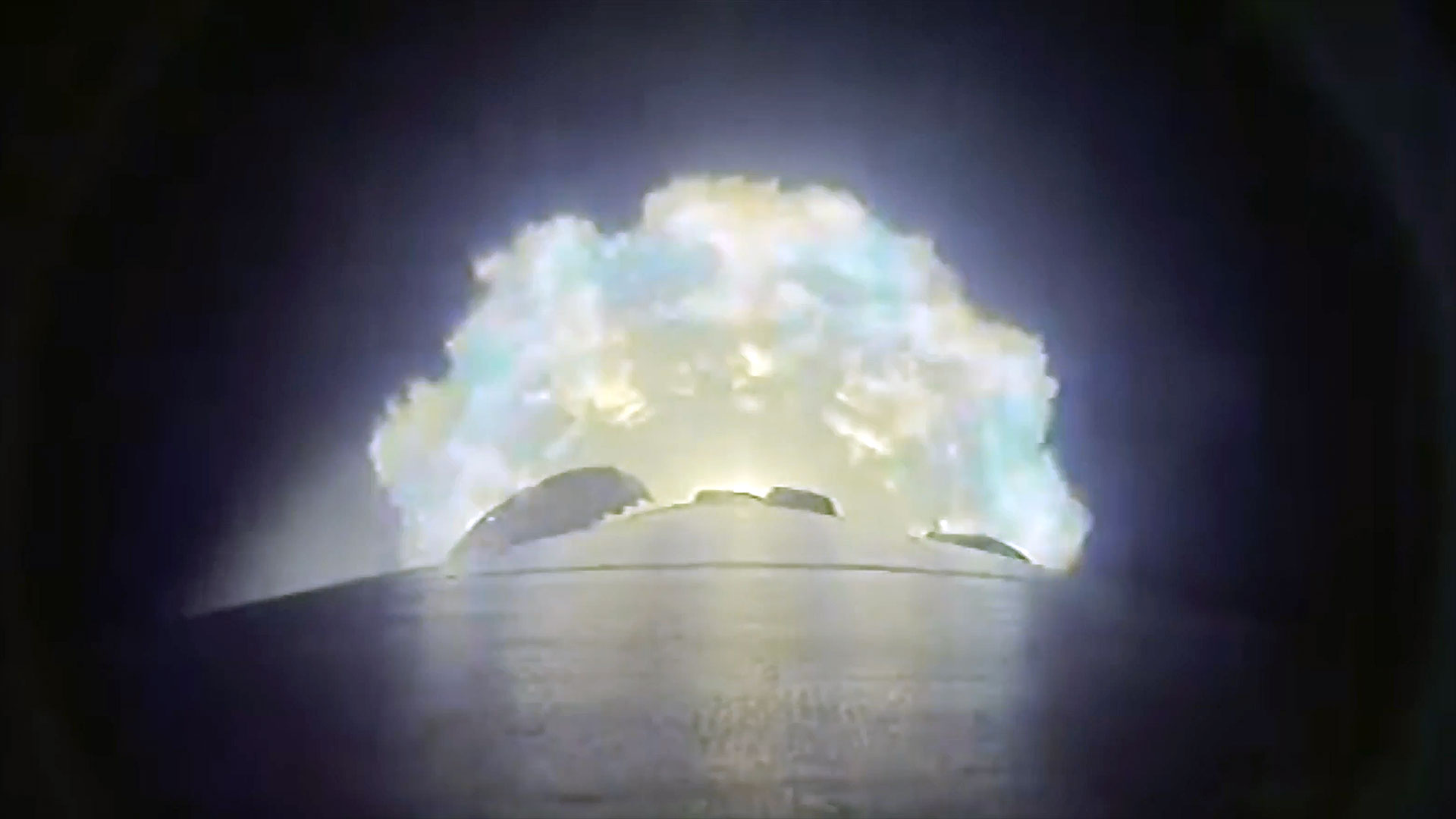Neutron Star May Reveal First Evidence of 80-Year-Old Quantum Prediction

A strange quantum phenomenon predicted more than 80 years ago finally may have been observed in nature.
In 1930, physicists Werner Heisenberg and Hans Heinrich Euler predicted that very strong magnetic fields could change the polarity of light waves in a vacuum (where polarity refers to the orientation of the light's electric and magnetic fields). This effect, which they dubbed "vacuum birefringence," is not predicted by classical physics.
Now, scientists using the European Southern Observatory's (ESO) Very Large Telescope (VLT) say they may have observed this effect in the light coming from a neutron star— a cosmic object with a very strong magnetic field. [Video: The Neutron Star Evidence for Vacuum Birefringence]
Neutron stars are the densest objects in the universe — a tablespoon of neutron-star material would weigh about 1 billion tons (900 million metric tons) on Earth, according to NASA. A "regular" star, like the sun, is puffed up by the fiery engine at its core. But when that engine goes out, the material that makes up the star may collapse into a much smaller area and create a neutron star. [How Neutron Stars Work (Infographic)]
The new research used observations of neutron star RX J1856.5-3754, located about 400 light-years from Earth, according to a statement from ESO. Even though it is one of the closest known neutron stars to Earth, it is incredibly faint, and its visible light could be observed only by using the FORS2 instrument on the VLT, which is "at the limits of current telescope technology," according to the statement.
Vacuum birefringence "can be detected only in the presence of enormously strong magnetic fields, such as those around neutron stars," study co-author Roberto Turolla, a scientist at the University of Padua in Italy, said in the statement.
Breaking space news, the latest updates on rocket launches, skywatching events and more!
The light detected with the FORS2 instrument showed "a significant degree" of linear polarization ("around 16 percent") that is "likely due to the boosting effect of vacuum birefringence occurring [in] the area of empty space" around the neutron star, ESO officials said in the statement.
In classical physics, a vacuum is entirely empty, but in quantum physics, there are "virtual particles" that are constantly appearing and vanishing in the vacuum of space. Heisenberg and Euler used a theory called quantum electrodynamics (QED) to show how the quantum properties of a vacuum would influence light waves.
"The high linear polarisation that we measured with the VLT can't be easily explained by our models unless the vacuum birefringence effects predicted by QED are included," said study lead author Roberto Mignani, a scientist at the National Institute for Astrophysics in Italy and the University of Zielona Gorá in Poland.
"According to QED, a highly magnetised vacuum behaves as a prism for the propagation of light," Mignani said. (An actual prism bends light, causing it to fan out and reveal its various wavelengths or colors, which is how a prism can create a rainbow from sunlight.)
The authors added that more sensitive, next-generation telescopes may have the sensitivity to make more measurements that test the theory of vacuum birefringence. They said future observations should also look for polarization in different wavelengths of light, such as X-rays.
Follow Calla Cofield @callacofield.Follow us @Spacedotcom, Facebook and Google+. Original article on Space.com.

Calla Cofield joined Space.com's crew in October 2014. She enjoys writing about black holes, exploding stars, ripples in space-time, science in comic books, and all the mysteries of the cosmos. Prior to joining Space.com Calla worked as a freelance writer, with her work appearing in APS News, Symmetry magazine, Scientific American, Nature News, Physics World, and others. From 2010 to 2014 she was a producer for The Physics Central Podcast. Previously, Calla worked at the American Museum of Natural History in New York City (hands down the best office building ever) and SLAC National Accelerator Laboratory in California. Calla studied physics at the University of Massachusetts, Amherst and is originally from Sandy, Utah. In 2018, Calla left Space.com to join NASA's Jet Propulsion Laboratory media team where she oversees astronomy, physics, exoplanets and the Cold Atom Lab mission. She has been underground at three of the largest particle accelerators in the world and would really like to know what the heck dark matter is. Contact Calla via: E-Mail – Twitter


